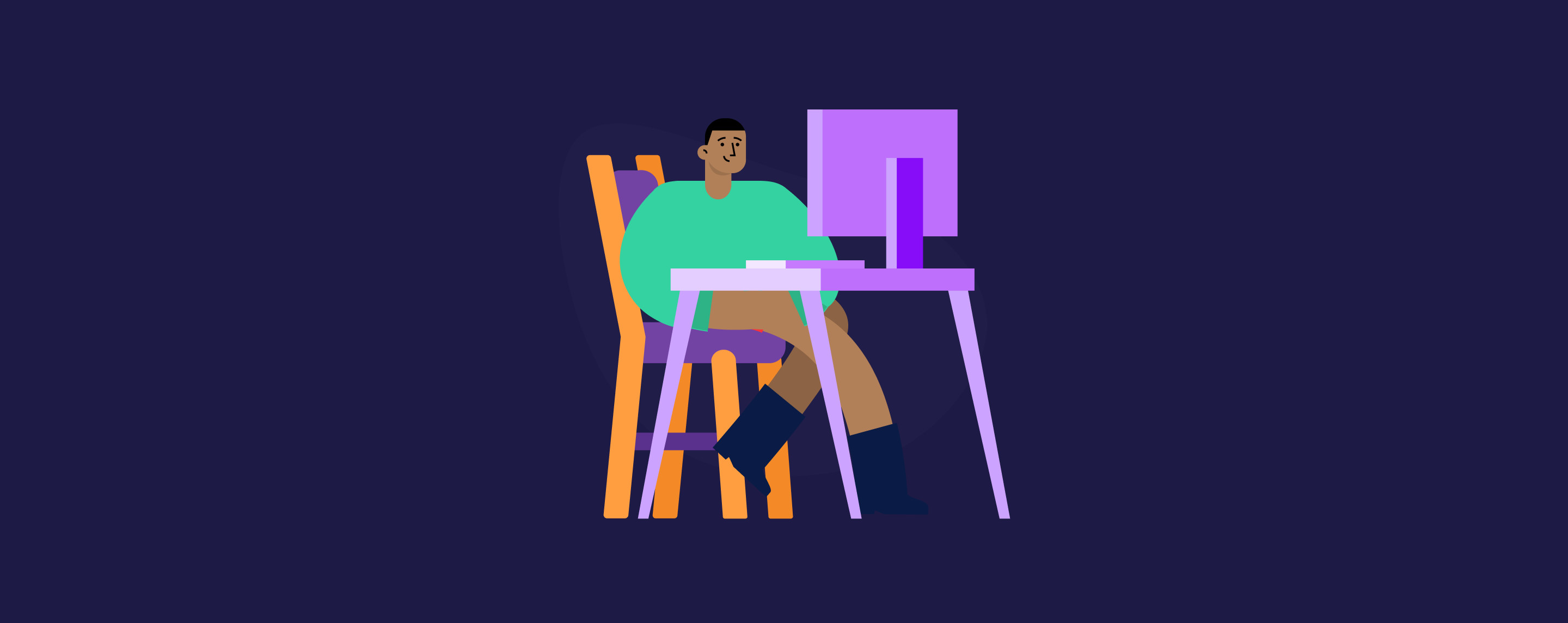5 Self-Employed Retirement Plans: 2023 Guide

Share this article:
Editor’s note: Lantern by SoFi seeks to provide content that is objective, independent and accurate. Writers are separate from our business operation and do not receive direct compensation from advertisers or partners. Read more about our Editorial Guidelines and How We Make Money.
1. Solo 401(k) Plan
Pro of a Solo 401(k) Plan
Con of a Solo 401(k) Plan
Contribution Limits on a Solo 401(k) Plan
Tax Benefits of a Solo 401(k) Plan
2. Traditional or Roth IRA
Pros of Traditional or Roth IRAs
Cons of Traditional or Roth IRAs
The participant pays taxes upfront with a Roth IRA, which can be an unexpected expense in the small business budget. The maximum contribution limit in 2023 is low in comparison to other self-employed retirement plans.
Contribution Limits on a Traditional or Roth IRA
Tax Benefits of a Traditional or Roth IRA
3. SEP IRA
Pros of a SEP IRA
It’s the easiest option for small business owners and sole proprietors to establish and maintain. It offers a flexible variety of contribution types, there’s no annual funding requirement, and the participant can hire one or more employees while contributing to the plan. No annual reporting to the IRS is required. The contribution limits are in line with other plans. Participants don’t have to contribute every year, and their contributions are immediately 100% vested.
Cons of a SEP IRA
Employers are required to contribute an equal percentage of salary for each participating employee, including themselves. SEP IRAs, like all IRAs, don’t qualify for a loan feature in which the participant or business owner can borrow 50% or $50,000 of the vested balance (which is a possibility with qualified plans).
Contribution Limits on a SEP IRA
Tax Benefits of a SEP IRA
4. SIMPLE IRA
Pro of a SIMPLE IRA
Cons of a SIMPLE IRA
The early withdrawal penalties for a SIMPLE IRA are 25% for withdrawals within the plan’s first two years. Employers are typically required to either make matching contributions of up to 3% of employee compensation, or to make fixed contributions of up to 2% for every eligible employee.
Contribution Limits on a SIMPLE IRA
Tax Benefits of a SIMPLE IRA
5. Defined Benefit Plan
Pros of a Defined Benefit Plan
The benefits from a defined benefit plan don’t depend on asset returns. They provide a predictable retirement benefit. They offer a variety of vesting schedules.
Cons of a Defined Benefit Plan
It’s the most costly type of retirement plan, with high initial fees and annual fees, which could increase if the self-employed individual hires employees. It comes with complex administrative tasks. It requires a commitment to fund a certain amount each year or the participant risks paying additional fees. An excise tax applies if excess contributions are made to the plan or a minimum contribution requirement isn’t met.
Contribution Limits on a Defined Benefit Plan
Tax Benefits of a Defined Benefit Plan
Retirement Savings for Self-Employed Workers
Your age How close you are to retirement Your income Your business structure How much you want to contribute, either as employer or employee Whether you have employees who also need retirement plans
The Takeaway
LCSB0723011
About the Author
LeeMarie Kennedy is a Boston-based copywriter and content creator with over a decade of experience writing for a variety of publishers, institutions, and corporations. She has spent the last few years focusing on writing for financial services, technology, HR and TA, and health & wellness sectors. LeeMarie has a BA in Journalism from Quinnipiac University and a MS in Organizational Communication from Northeastern University and was an original contributor to The Daily, SoFi's newsletter.
Share this article: